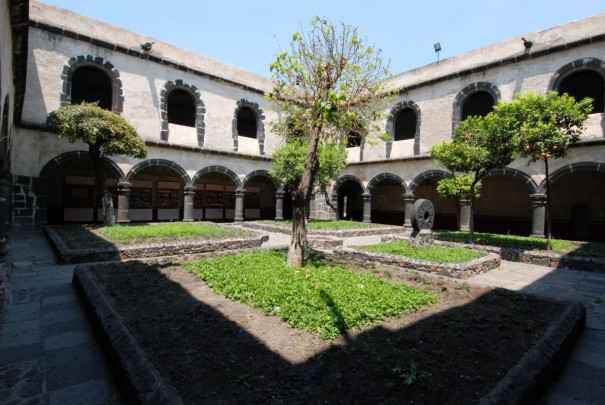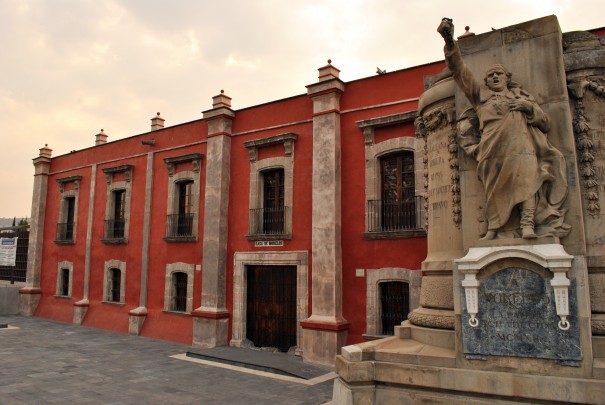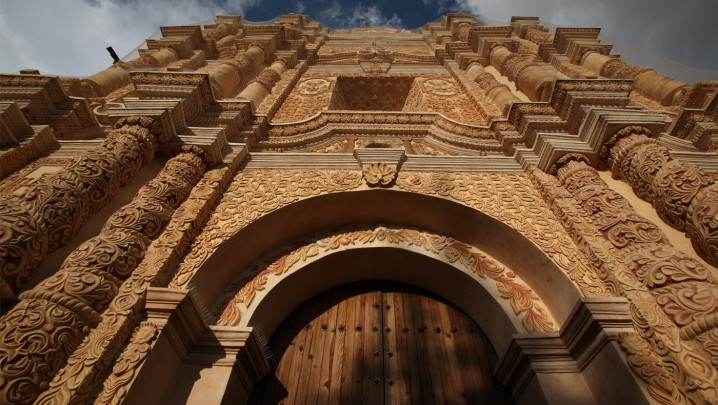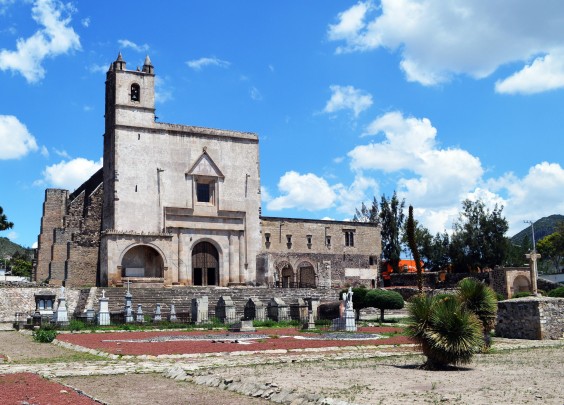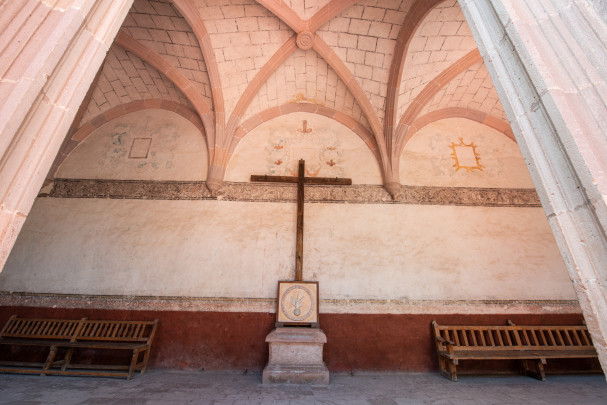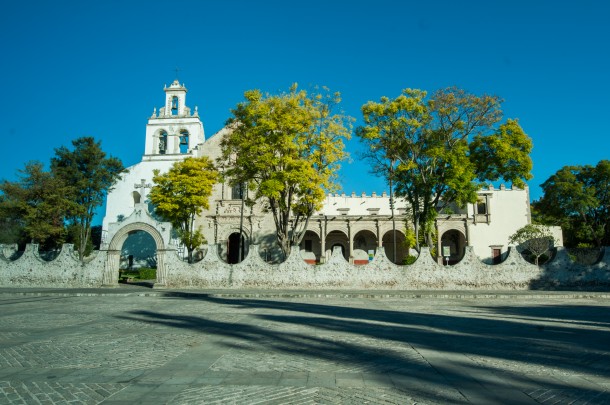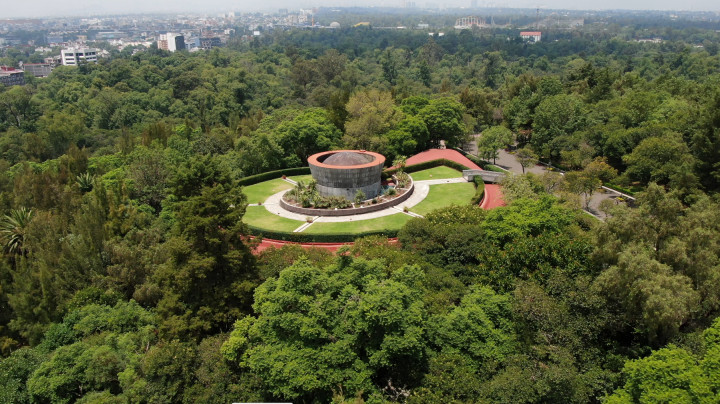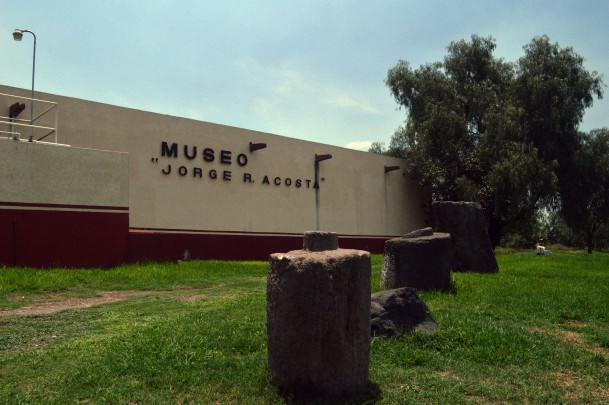INAH Museums Network
128 Museums
Community center
This sixteenth-century Augustinian monastery built in the Renaissance style boasts remarkable frescos, a collection of pre-Hispanic, viceregal, religious and everyday objects, as well as the remains of Latin America’s first paper mill.
Ciudad de México
Community center
The former residence of the Viceroys—Bucareli and others were received here—José María Morelos was taken from here to be shot in 1815. It houses a rich collection of articles referring to the national hero. The upper floors are used for temporary exhibitions. Also on exhibition are some important mammoth bones.
Estado de México
Community center
Built soon after the conquest, a Dominican monastery with magnificent baroque moldings produced by local indigenous people. Splendid exhibition on the European presence, indigenous resistance and evangelization, in which there are fine examples of Mayan textiles from the codices and fascinating information on the founding of San Cristobal de Las Casas.
Chiapas
Historic place
Founded in 1540 by Augustinian friars, this monastery preserves extraordinary polychrome murals and examples of Romanesque, Mudéjar and Plateresque styles can be identified on its walls with many indigenous additions. The three Panels of Epazoyucan with scenes from the life of Jesus, are the highlight.
Hidalgo
Local
An important Augustinian monastery preserving valuable murals and examples of religious art from the sixteenth to nineteenth centuries. The ethnographic gallery shows the everyday life and crafts of the Otomi people of the valley of Mezquital.
Hidalgo
Local
The Augustinian order’s fifth monastery in Michoacan, was built very much like a fortress in 1550. It was a center for evangelizing the Tarascans and for training priests for this work. This great building was notable for the great masters and pupils who lived and worked here. Restored to its grandeur, it houses exhibitions on the art of printing.
Michoacán
Metropolitan
Since 1960, the Museo del Caracol has been an educational exhibition venue (mainly for children) focusing on Mexican history and spanning the period from the War of Independence until the 1917 Constitution. The information is presented using dioramas, models, videos and information boards.
Ciudad de México
Local
A summer residence of Maximilian of Hapsburg dating to 1865, with an extensive collection of indigenous and traditional medicine based on plants and herbs, documented by sixteenth-century codices and other sources. The exhibition is complemented by the largest collection of Mexican medicinal plants.
Morelos
Archeological site
The archeologist Jorge A. Acosta (1904-1975), discovered the great Atlantes of Tula and other finds. The museum recreates the ancient Tollan Xicocotitlan: with sculpture, ceramics, stelae, offerings and gods (Quetzañcoatl, Tecatlipoca) and the vast population, inheritors of Teotihuacan.
Hidalgo

